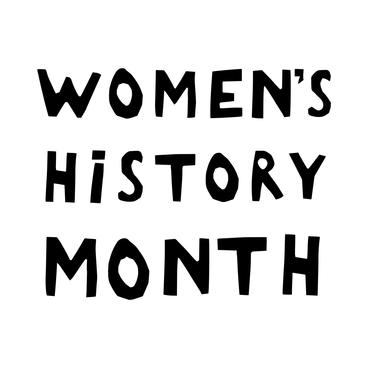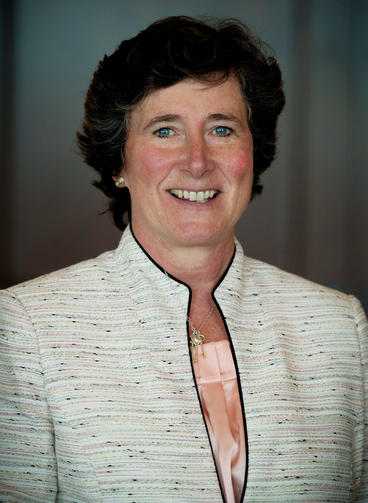
As the month of March and the celebration of Women’s History Month draw to a close, there is an opportunity to reflect on the role of women in pharmacy over the years. There is tremendous pride within the College of Pharmacy for the talented women - students, staff, faculty and alumni - who have been part of this community since its inception.
In recognizing the accomplishments of these women, it’s also important to reflect on how the role of women in pharmacy has changed substantially over the years. Initially, Lucy Blanchard was not recognized as faculty but was teaching in the laboratory course. One does not know if that was because she was a teaching assistant, a woman, or because it was a laboratory course.
In the early 1900s, most women in pharmacy went into hospital pharmacy because community pharmacy was considered inappropriate for women. There were several female leaders in hospital pharmacy in Minnesota in those early years, including Frances Greenwalt who recommended an internship in hospital pharmacy should count toward experience for registration, and further recommended there be equitable pay and recognition regardless of gender. Others included Alice Scheer MSHP’s (originally referred to as the Hospital Pharmacists of Minnesota) first president, and Hallie Bruce, acting instructor and chief pharmacist at UMN Hospitals (Speedie).
A concern with the growing number of women entering the profession in the 1980s was the predominance of women would result in a “leadership deficiency.” This has since been shown to be unfounded. However, in 1987, Dr. Lucinda Maine provided a good reflection on this period of time in her address at the International Leadership Symposium entitled the “Role of Women in Pharmacy” (Speedie).

“There was a perception that the public wouldn’t accept women pharmacists. I can’t think of one conversation I have had with a customer who has remarked negatively in noticing more women in the pharmacies in our country. Dr. Maine noted “There was a perception that women would drop out...some slow down when they have children, but the dropout phenomenon has not produced the problem we have feared. There was a perception women pharmacists would not take to the challenging new roles of the rapidly differentiating profession. But the number of clinically trained and astute practitioners, entrepreneurs, and managers suggests that this, too, was an unfounded concern. Perhaps the final myth to overcome is the perception that women won’t assume their rightful place in the leadership of our profession. I’m optimistic that pharmacy in the U.S. will find a bountiful supply of talented, energetic and insightful women and men to carry the profession forward and beyond its goal of providing optimal services to the people of this world.”
Pharmacy in the U.S. has moved forward as a result of talented, creative and energetic individuals (women and men) and we must continue to move forward. There remain gender-related inequalities and challenges in pockets of the pharmacy profession (Carvajal) and in the STEM fields in general for women. Recent data suggests gender inequalities in academia have been exacerbated by COVID-19 (Casey). Examples in academia include a decrease in journal submissions by women and an increased number of women leaving the workforce. Both of these may be related to the unpaid care work (child care, home-school school supervision, emotional support for household members and domestic responsibilities) during the pandemic which tends to be greater for women than men, but are notably also true for some men. These effects of the pandemic could lead to widening gender divisions. Whether it is gender, race, ethnicity, disability or background, we all need to come together to promote equality for all.
Speedie M, Ruhrold LN. A History of the University of Minnesota College of Pharmacy 1892-2017. University of Minnesota 2021. IBSN 978-1-946135-67-4.
Carvajal M, Popvici I, Hardigan P. Pockets of Inequality in the Distribution of U.S. Pharmacists’ Wages and Salaries: A Gender Comparison. Innovations in Pharmacy 2019; 10: 1-10.
Casey R. The Pandemics Sexist Consequences. The Chronicle of Higher Education. March 16, 2021.